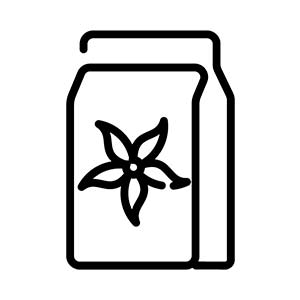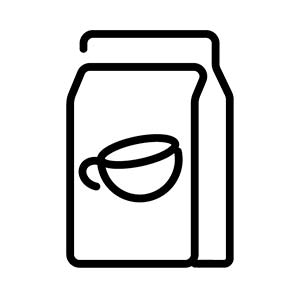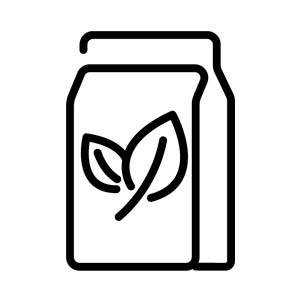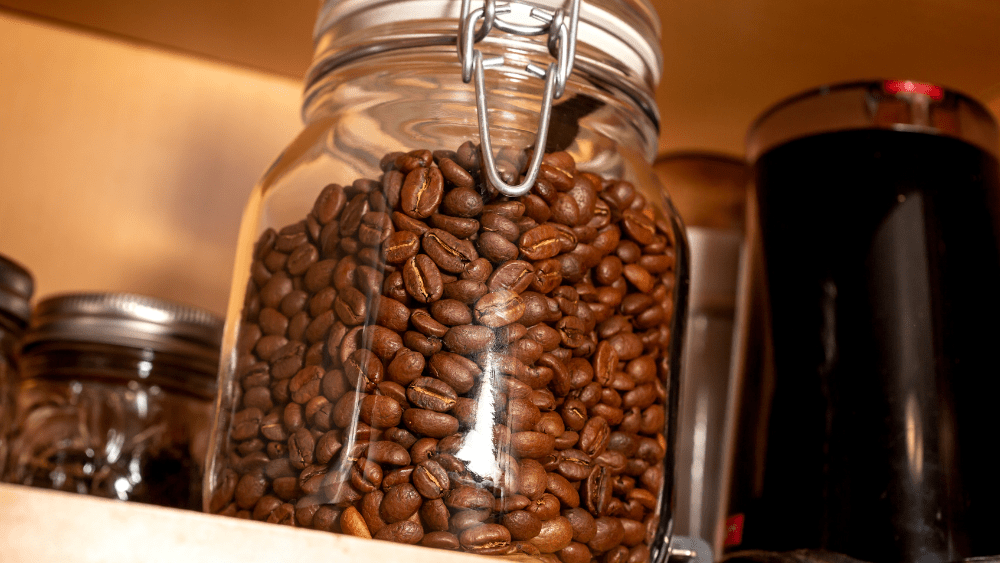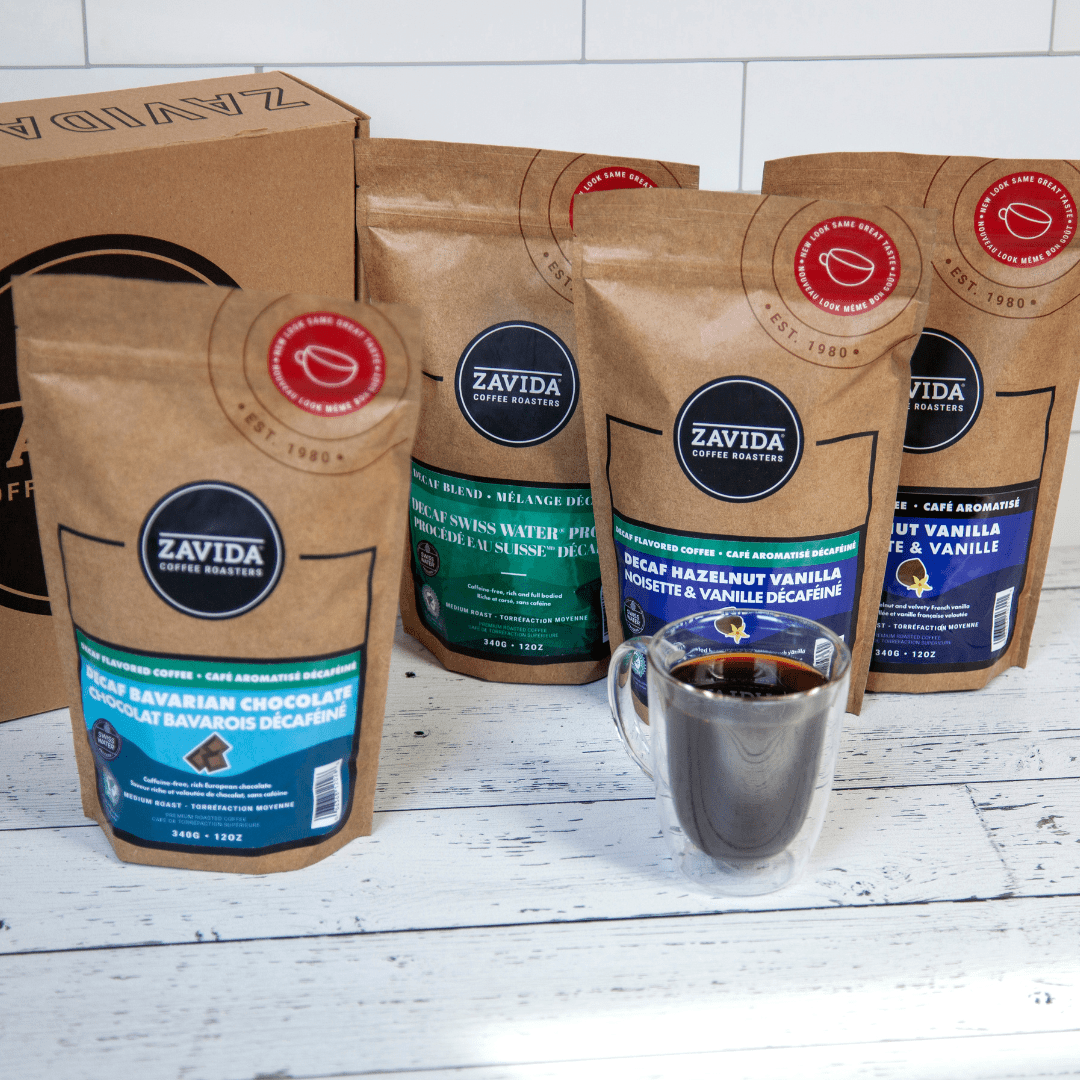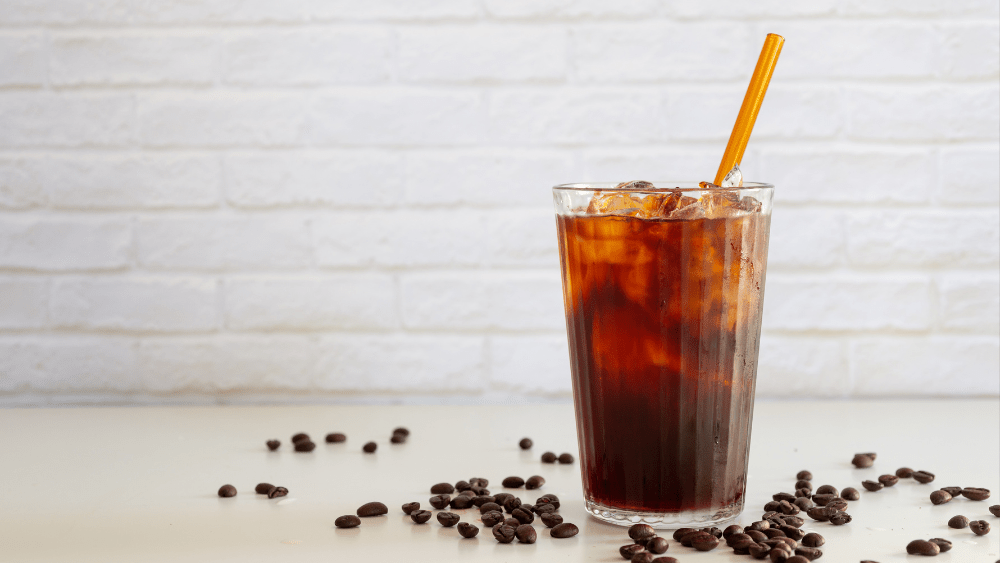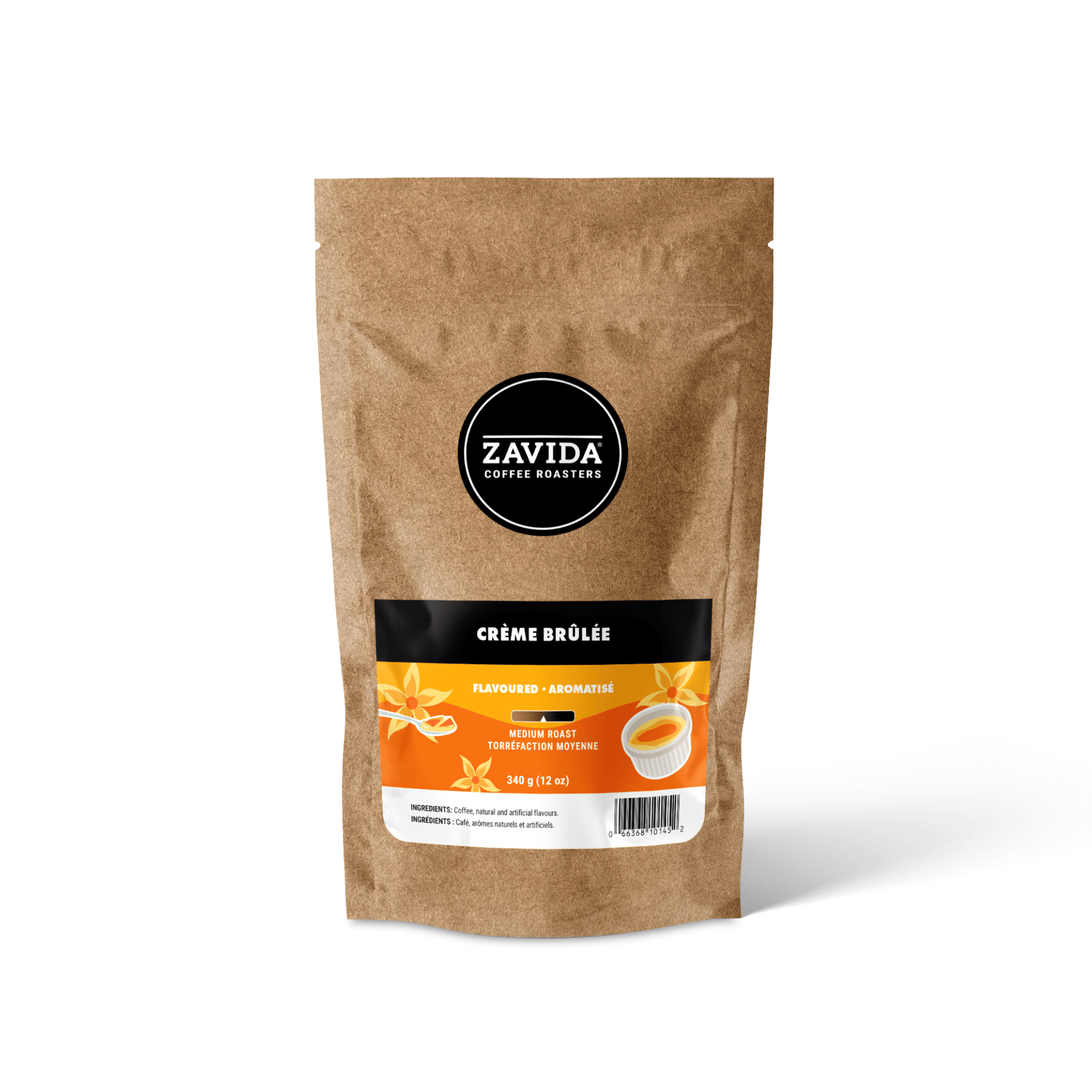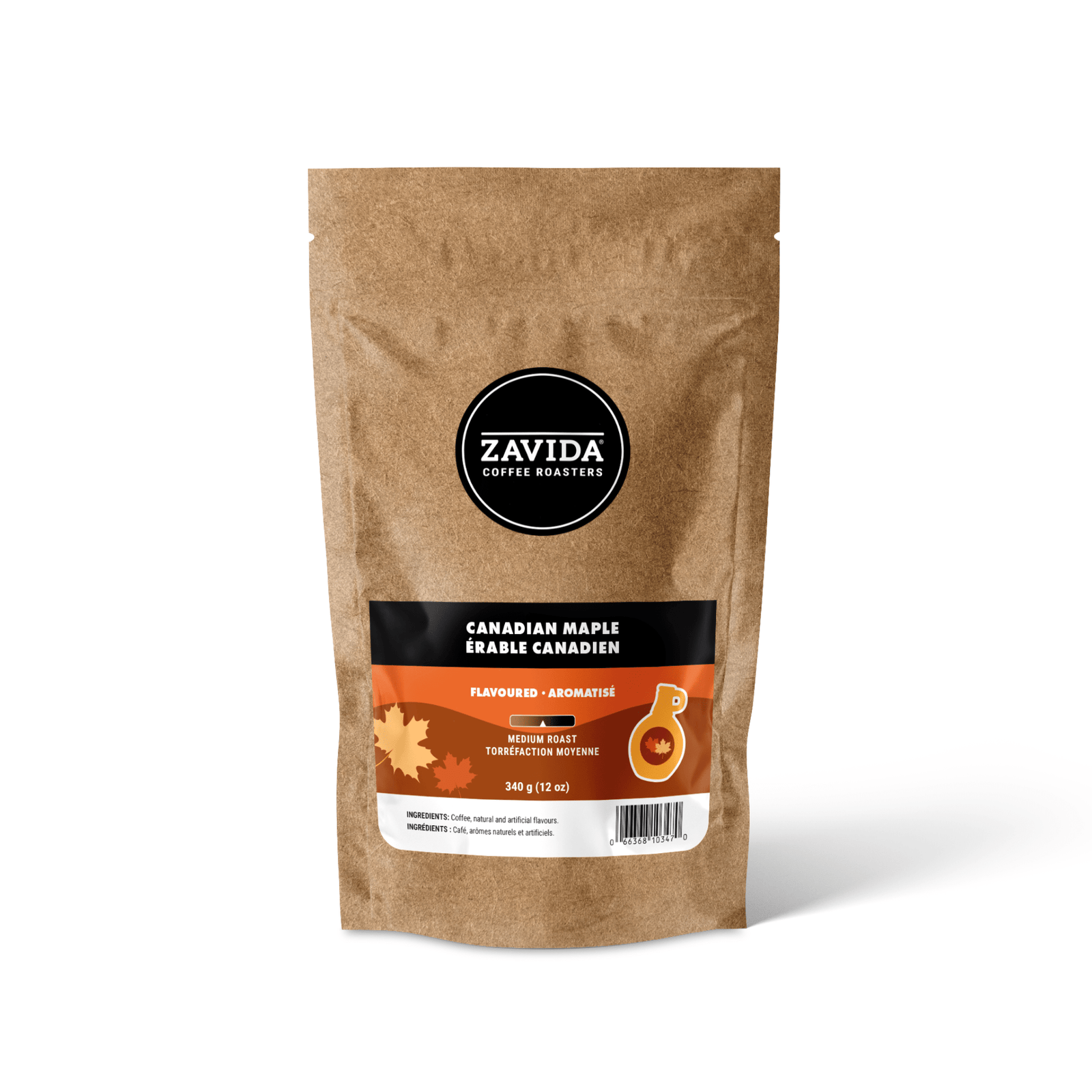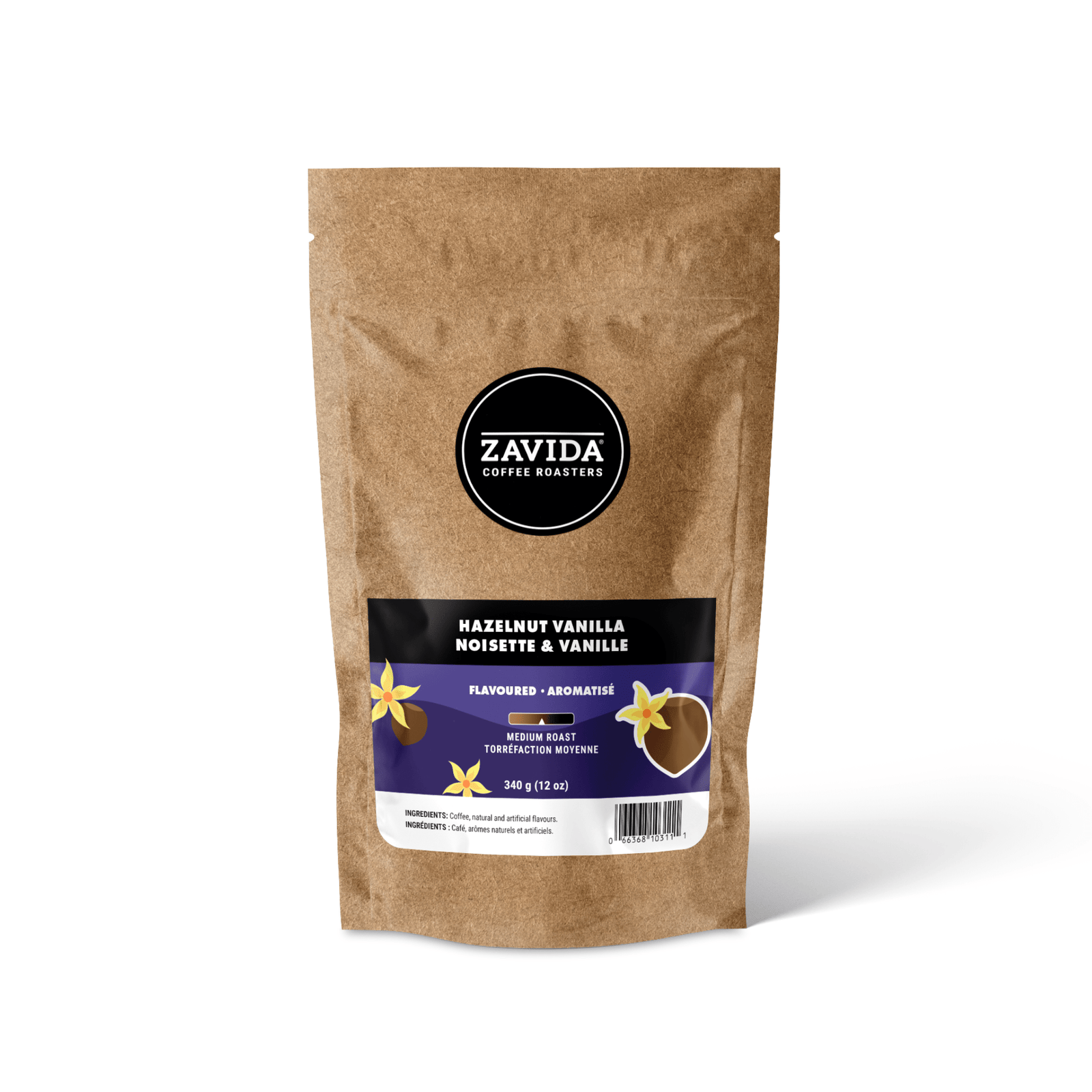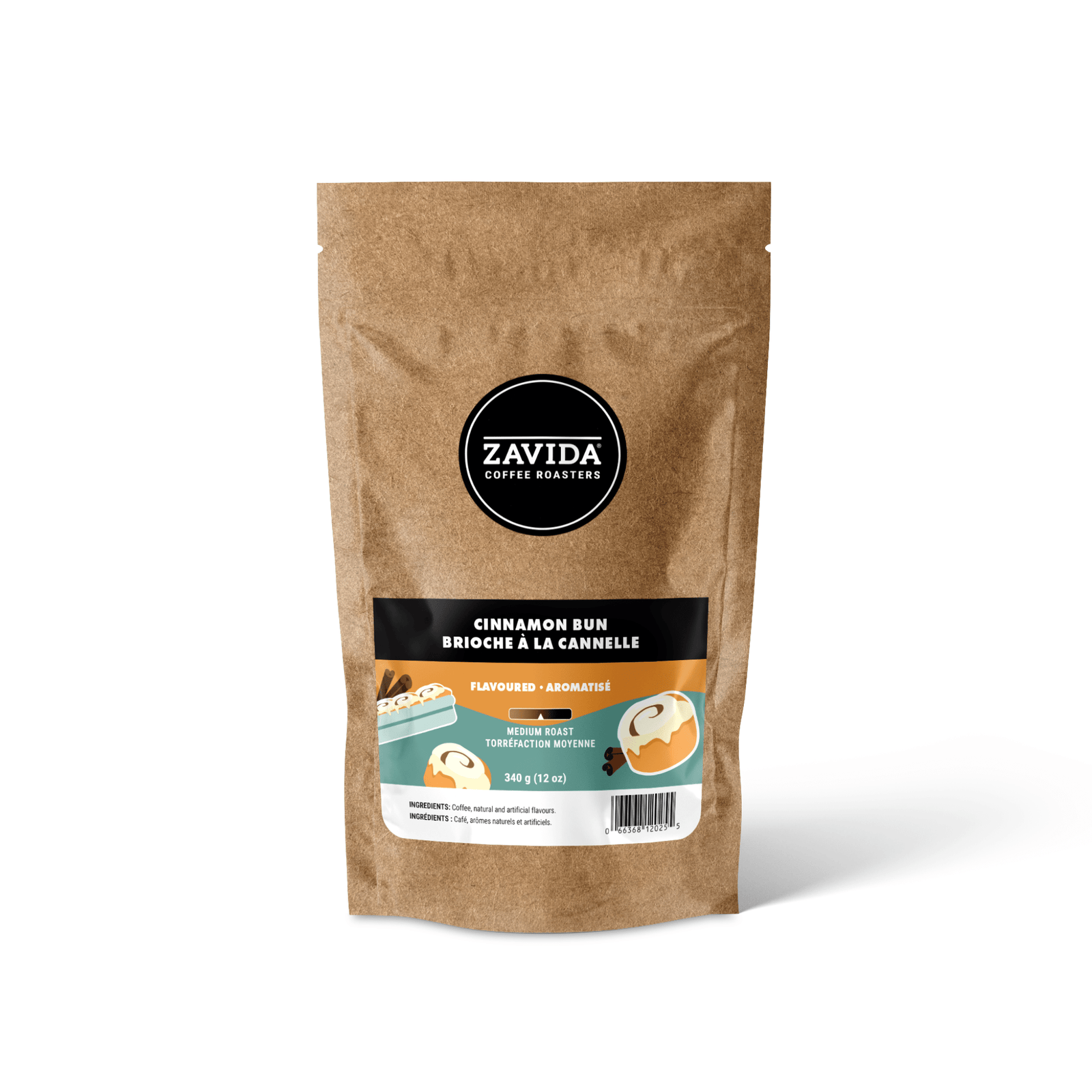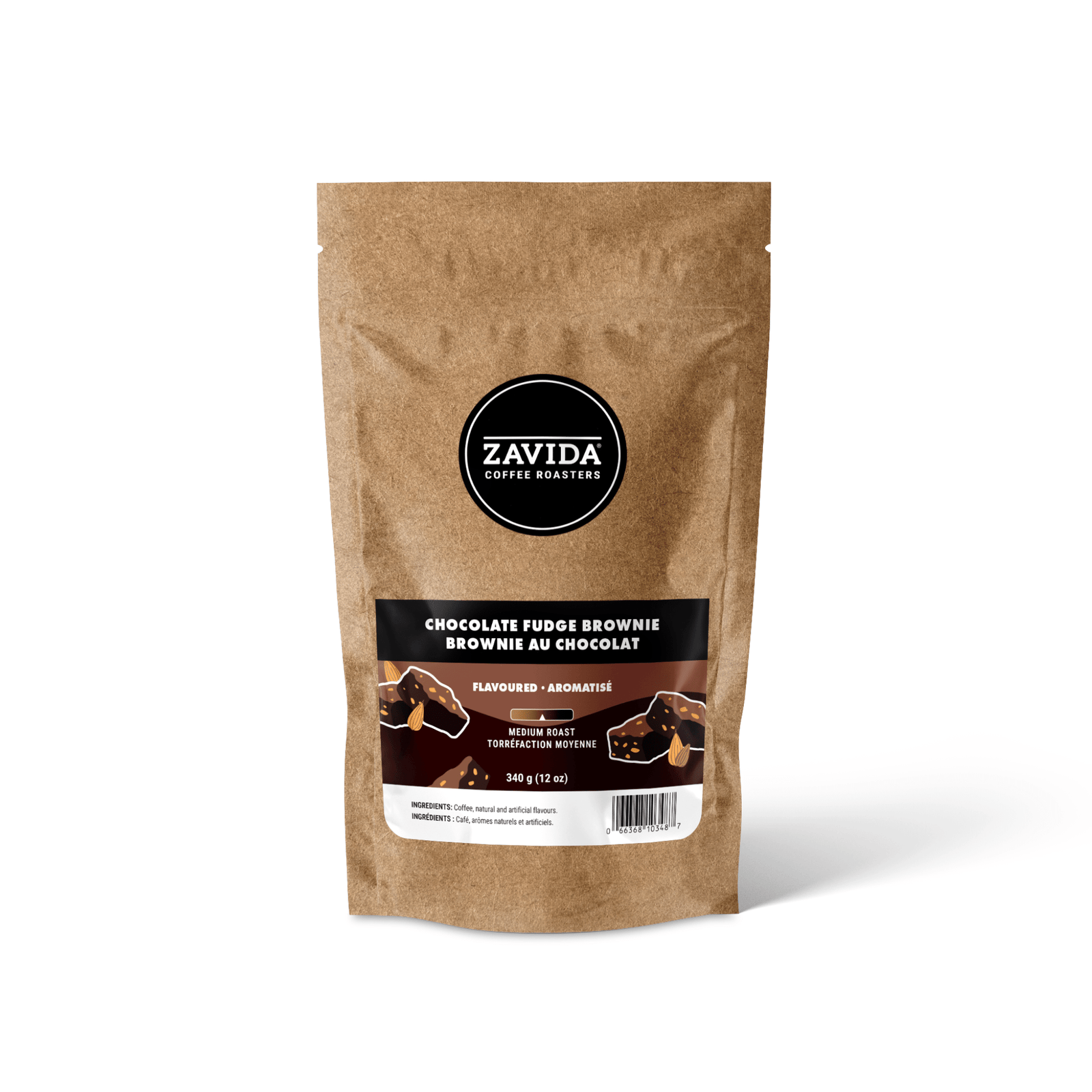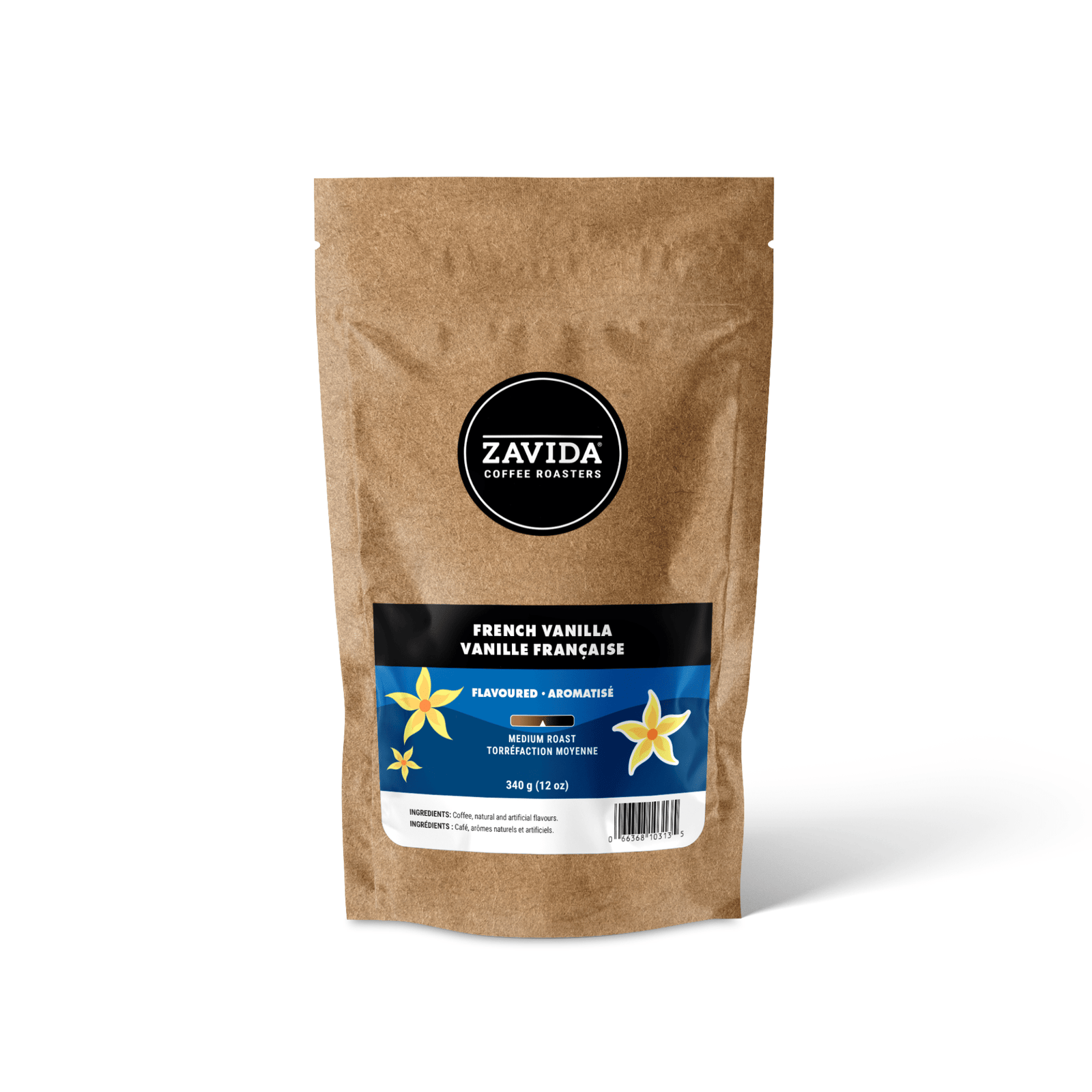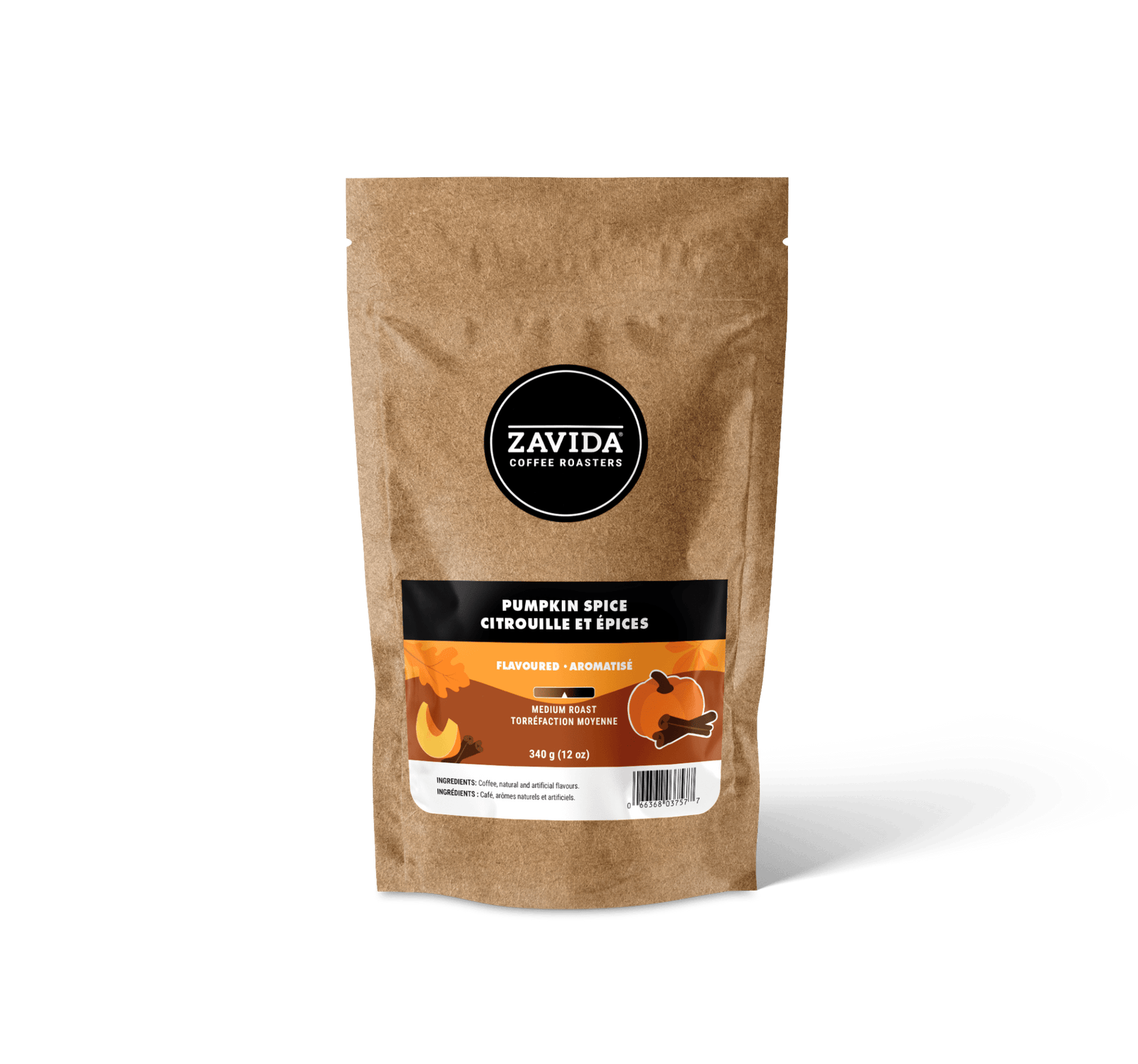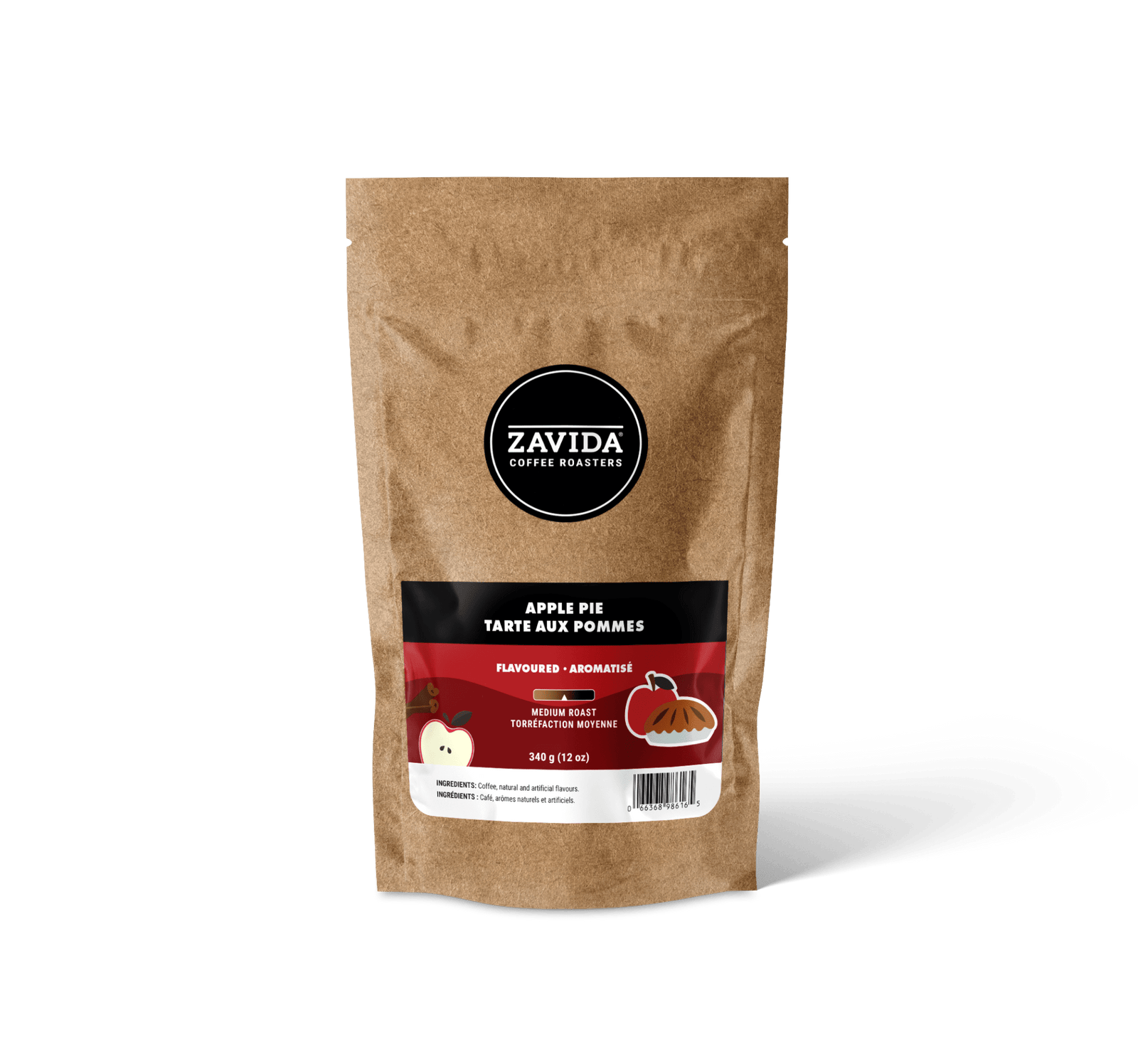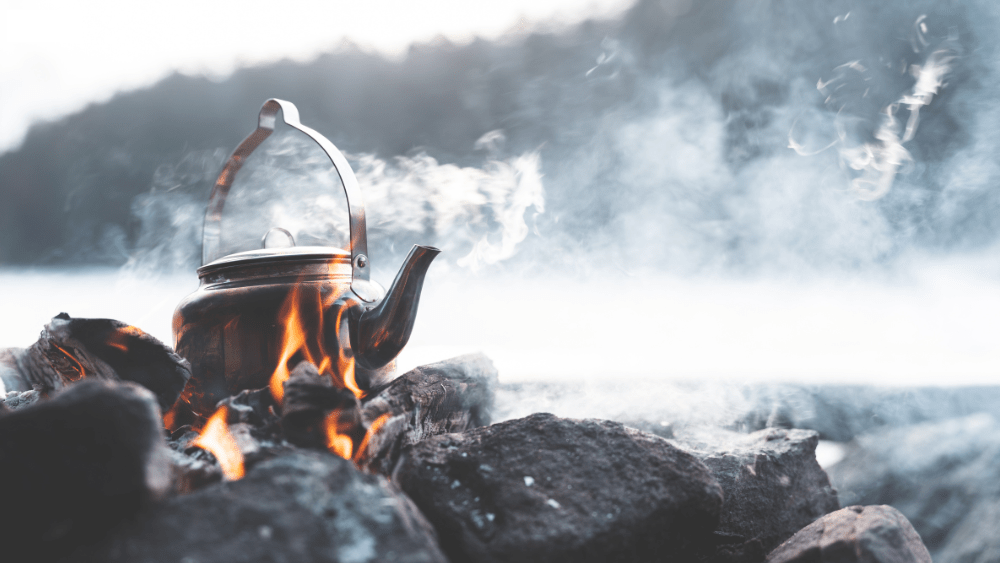
Every morning may not be the same, but they do all have one thing in common - a fresh cup of coffee to start the day is non-negotiable. So, if you ever find yourself stuck craving a cup of Joe and you have no access to electricity or any equipment, you’re going to be glad you stuck around and checked our tips and tricks for the perfect pick-me-up when you’re on-the-go.
If you’re not a fan of instant coffee, it can be hard to find good alternatives that don't require fancy machines or a power source. Whether you’ve gone camping, lost power in your house, or just want budget-friendly and space-friendly options to make coffee, there are many ways to satisfy your cravings.
The first step is finding a heat source to boil water. With limited space and resources, this could mean having to use a good old-fashioned campfire and some sort of flame-resistant container. If you have a wood stove at home, this is also a perfect solution and will do double-duty by providing heat and a way to brew coffee when the power goes out!
Another option would be to purchase a small gas burner or camping stove and a metal pot, which don’t take up much space and are practical to use - just don't use them indoors! The next step is grinding your beans - the easiest way to do this is to purchase pre-ground coffee, which is widely available. You can also find yourself a manual coffee grinder if you prefer whole beans. They don't require any source of power - just your muscles.
Now that we’ve covered the basics, let’s get to the good part: the actual brewing process.
COFFEE BREWING BAGS
A coffee brewing bag is a convenient way to travel with your favorite coffee without compromising too much space. The concept is like that of tea: you simply steep ground coffee in tea bags with some boiling water and wait five minutes. You can purchase readily available coffee brewing bags, but you could also make them yourself!
Simply add two tablespoons of coarsely ground coffee in a teabag, add to boiling water in a standard 8oz mug, and you’re good to go. Don’t forget to remove the bag after 5 minutes - you don’t want over-brewed coffee! These are inexpensive and super easy to make.
COWBOY COFFEE
An American Southwest tradition, cowboy coffee was the preferred method of brewing for lonesome travellers back in the early 1800s. This technique requires no special equipment - just what a cook in the desert would already have on hand. A large pot or kettle, an open fire and finely ground coffee is all you truly need.
Some cowboys also liked to add a pinch of salt to their brew for extra hydration, and others would even throw in some eggshells and mix them into the grounds (the albumin residue in the shells would help the coffee grounds coagulate and settle at the bottom of the pot, and their high alkalinity helped to reduce bitterness as well).
The coffee was strong, and after the first round was poured, they would add even more coffee grounds to the pot to keep it dark. If you want to know how to make it yourself, check out this article we wrote on cowboy coffee covering everything you need to know!

COLD BREW
If you don’t have access to a heat source or equipment at all, fear not: cold brew is here to save the day. Cold brews are known to have a very intense coffee flavour and very little to no bitterness. Not only does this brewing technique make a great tasting coffee, but you also only really need three things: ground coffee, cold water, and some sort of jar or container with a lid.
If you’ve got coffee filters on hand, you should use them as a makeshift bag to hold the coffee grounds in the container, but they’re not necessary - they just help to make sure the texture isn't too grainy when you strain the coffee.
Combine 1 part of coarsely ground coffee to 8 parts of cold water in a container with a lid and allow to steep on the counter for 6-8 hours. Remove the coffee filters or strain your brew, and enjoy it iced or warmed up!
Proportionately, a standard eight-ounce cup of water would require one ounce of coffee. Cold brewing the coffee allows the beans to release their full flavour since the coffee isn’t being passed through a filter to absorb the oil in the beans. Additionally, because the coffee grounds steep instead of percolate, the water draws the full flavour from the bean slowly.
The coffee flavour has a depth and richness that cannot be achieved with traditional brewing. Because it takes time to allow the cold brew to, well, brew, we suggest making a larger batch to travel with for the duration of your stay or prepare it the night before so it’s ready for you in the morning.
Electricity isn’t the be-all end-all when it comes to preparing a good cup of coffee. After all, it’s believed coffee was first discovered and prepared in Ethiopia in the 9th century, and electricity only started being used in homes in the 20th century – but people enjoyed coffee long before electricity became a ubiquitous modern convenience.

